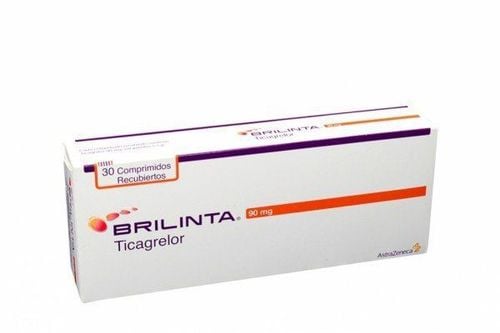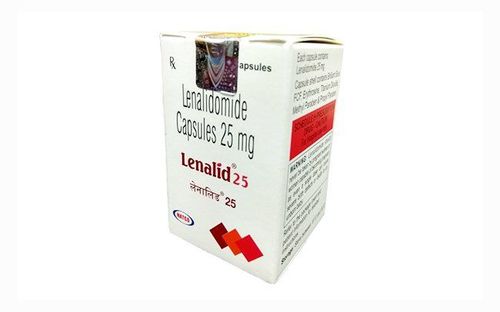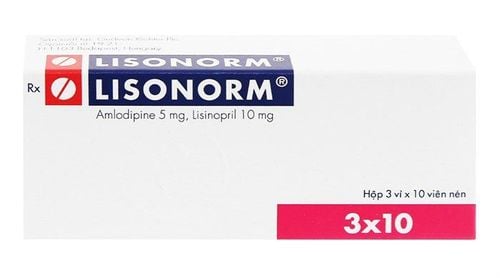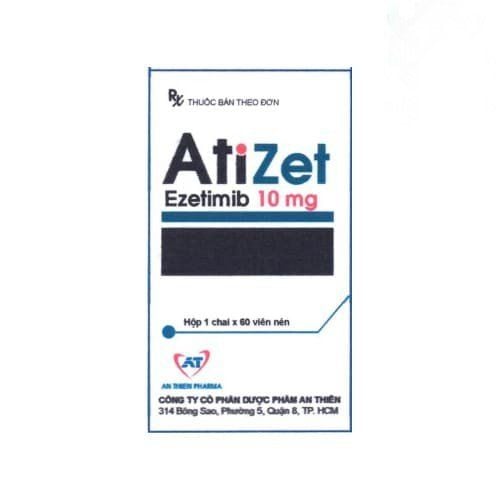This is an automatically translated article.
Wellparin is a drug classified as a cardiovascular drug used in the treatment of cases of venous thrombosis, prevention of thromboembolic events. Through the article below, with Vinmec learn the uses, usage and notes when using the drug.
1. What is Wellparin?
What is Wellparin? Wellparin is a drug used in the treatment of venous thromboembolism. Wellparin is prepared in the form of a solution for injection, with a capacity of 5ml in each ampoule. In terms of active ingredients, Wellparin has the active ingredient Heparin Sodium with a content of 25000IU/5ml.
2. Uses of Wellparin
As mentioned above, Wellparin is classified as a cardiovascular drug, effective in the treatment of venous thromboembolism in patients, helping to prevent complications due to thromboembolism.
The main use of Wellparin drug depends on the active ingredient Heparin Sodium. Heparin is an active ingredient in the group of anticoagulants, which is a substance that is normally bound to plasma proteins and is strongly acidic.
Heparin has an anticoagulant effect both inside and outside the body, the reason this active ingredient has such an effect is because it acts on antithrombin III, a substance found in blood plasma. When acting with Heparin, antithrombin II will form complexes with Herapin, changing this molecular structure, thereby leading to the inactivation of clotting factors.
Thanks to the above application, Wellparin is a drug that works to prevent blood clots from forming and spreading. However, to ensure anticoagulation and vascular thrombus formation, Wellparin requires adequate serum antithrombin III. In diseases such as liver, coagulation factor disorders, disseminated intravascular coagulation can also affect the anticoagulant effect of Wellpharin.
Wellparin is not absorbed from the gastrointestinal tract, so it is indicated for intravenous, intravenous and subcutaneous administration. The ability of the drug to bind to plasma proteins is quite high. With intravenous doses, the anticoagulant effect reaches its maximum after only a few minutes of injection.
Regarding the degree of elimination, there have been clinical studies showing that the biological half-life of the drug in the body is 1-2 hours, this time can vary depending on the dose and the liver and kidney function of the person. sick. In case of impaired liver function, the half-life of the drug will be longer, and in the case of pulmonary embolism, the half-life of the drug will be shortened.
Wellparin drug is eliminated mainly in the urine, excreted unchanged.
3. Indications for taking Wellparin
With the main use of anticoagulant, Wellparin is used in the treatment of thromboembolism, specifically as follows:
Prevention and treatment of deep vein thrombosis Prevention and treatment of thromboembolism Pulmonary Prophylaxis in patients with venous thrombosis and pulmonary embolism after major surgery in high-risk patients. Adjuvant treatment in acute myocardial infarction to reduce the risk of thromboembolic complications Treatment of arterial thromboembolism Prevention of thrombosis in pregnant women
4. Contraindications to taking Wellparin
In certain cases, Wellparin drug will be contraindicated in patients to avoid causing unwanted side effects, specifically:
Patients with hypersensitivity to heparin. The patient has a tendency to bleed. Organ damage with the potential to bleed. Patients with endocarditis, acute infective endocarditis. The patient has an ulcer that bleeds easily, the patient has a stomach ulcer and a malignant tumor. Threat of miscarriage People with serious blood clotting disorders, infective endocarditis Patients with injuries, trauma and surgery to the central nervous system, eyes and ears. But using low doses to prevent thrombosis is still allowed in patients with severe thrombocytopenia who are unable to do regular coagulation tests when taking full dose heparin.
5. Dosage and how to take Wellparin
Wellparin is not absorbed from the gastrointestinal tract, so it is used intravenously. Specific dosage is as follows:
For adults & children: Intravenous injection: 400 - 600 IU/kg/24 hours, divided into several injections For the elderly; Reduce dose by half and also divide into several injections over 24 hours.
6. Wellparin side effects
Wellparin side effects are divided into uncommon side effects and rare side effects. Patients should note to notify the doctor when experiencing the above effects:
Uncommon side effects
Blood: Bleeding, bleeding, easy gastrointestinal bleeding, thrombocytopenia. Liver: Transient elevation of transaminases. Rare
Systemic: Allergies and anaphylaxis: Change in facial skin color, skin rash, pruritus, irregular rapid breathing, edema of eyelids or around eyes, hypotension and cardiovascular collapse. Endocrine: Inhibition of aldosterone, osteoporosis in young people. Skin: urticaria, may cause hair loss If administered intramuscularly may cause hematoma in the muscle.
7. Notes when using Wellparin
With some cases of patients with systemic diseases and special conditions, it is necessary to pay attention and monitor when using Wellparin on these subjects.
Be careful while taking in patients with thrombocytopenia, liver failure, severe renal impairment and especially elderly patients (females over 60 years old). Patients receiving high doses (usually postoperative patients) Patients receiving Wellparin in combination with other drugs that affect coagulation and platelet function such as salicylates. The use of wellparin in these patients may increase the risk of bleeding. Patients with a history of allergies, especially allergies to animal proteins, may also be allergic to Wellparin. Patients with white blood clot syndrome When using Wellparin, new thrombocytopenia and thrombocytopenia may occur, the patient must immediately stop using the drug. Note when using Wellparin during pregnancy and lactation of mothers The active ingredient of Wellparin medicine does not cross the placenta, so it can be used as an anticoagulant during pregnancy, because it does not affect on the coagulation mechanism of the fetus. However, caution should be exercised when using Wellparin or heparin-containing drugs in the last 3 months of pregnancy and the postpartum period, because it may cause bleeding in the pregnant mother. During lactation, Heparin is not excreted in human milk but may cause osteoporosis in the mother or vertebral collapse. Therefore, if using Wellparin, it must also be prescribed by a specialist. Wellparin is a drug that belongs to the group of cardiovascular drugs used in the treatment of venous thromboembolism and prevention of thromboembolic events.
Follow Vinmec International General Hospital website to get more health, nutrition and beauty information to protect the health of yourself and your loved ones in your family.
Please dial HOTLINE for more information or register for an appointment HERE. Download MyVinmec app to make appointments faster and to manage your bookings easily.













